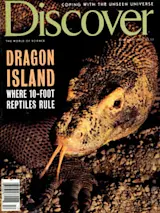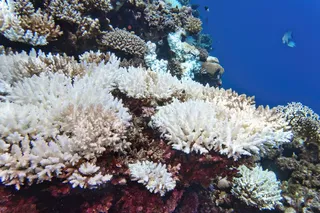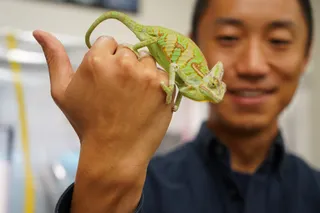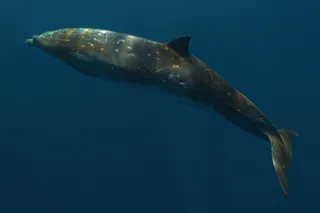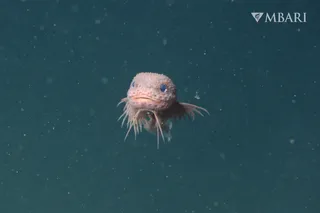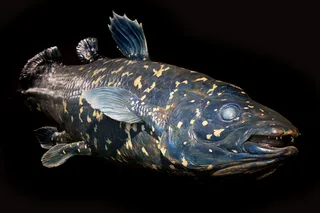A father and his two sons sat in the jungle, trimming the wood they had just chopped. The humid heat, the jungle’s windless silence, and the work’s monotony had so sapped the men’s alertness that they never even saw the giant lizard until it was nearly upon them. It had seemingly appeared out of nowhere and was now advancing, its forked tongue flicking rapidly in and out of its mouth, its seven-foot-long body tensed in a crouch.
As the monster charged, the three men leapt up and began to run. Unfortunately, one of the sons crashed against a low-hanging vine. In an instant the monster seized him by the buttocks and tore off a large chunk of flesh. Although the others managed to drive the lizard back into the jungle, the damage had been done. Within half an hour the young man bled to death before the eyes of his ...


